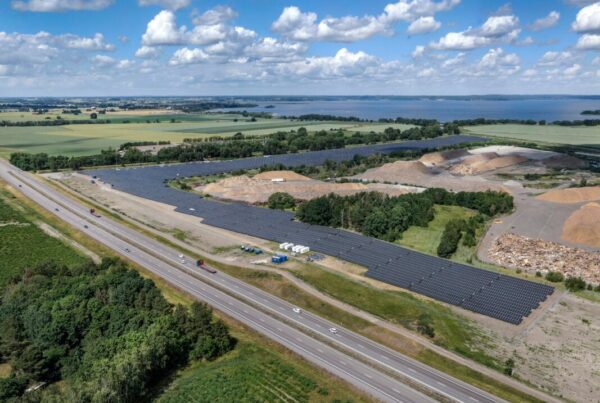
Vattenfall ponders whether marine life can settle inside wind turbine foundations
April 7 (Renewables Now) – Swedish utility Vattenfall AB and Dutch nature conservation organisation De Rijke Noordzee are conducting research into how and to what extent the inside of wind turbine foundations at sea can be used by marine life to settle and shelter, and as a feeding ground.
The study is being carried out at the 1.5-GW Hollandse Kust Zuid (HKZ) wind farm, which is located 18-34 kilometres off the Dutch coast, between the city of The Hague and Zandvoort. The project applies Nature Inclusive Design (NID) principles, adopting features such as water replenishment holes in the monopiles and rock reefs on top of the scour protection. These holes allow fish and other marine species to enter and leave again.
Vattenfall noted that this joint study with De Rijke Noordzee marks the first time that research is being carried out to determine what the water replenishment holes could mean for marine life. The two parties are also joined in this initiative by the Royal Netherlands Institute for Sea Research (NIOZ).
Data will be collected on several occasions over the next couple of years in order to check the development of biodiversity. The first series of measurements were carried out last winter.
“If the results meet our expectations, this will boost marine biodiversity,” commented Erwin Coolen, program director of De Rijke Noordzee.
The 140-turbine HKZ offshore wind project is owned by Vattenfall and German chemicals company BASF SE (ETR:BAS), and is expected to become operational next year.
Join Renewables Now’s free daily newsletter now!






